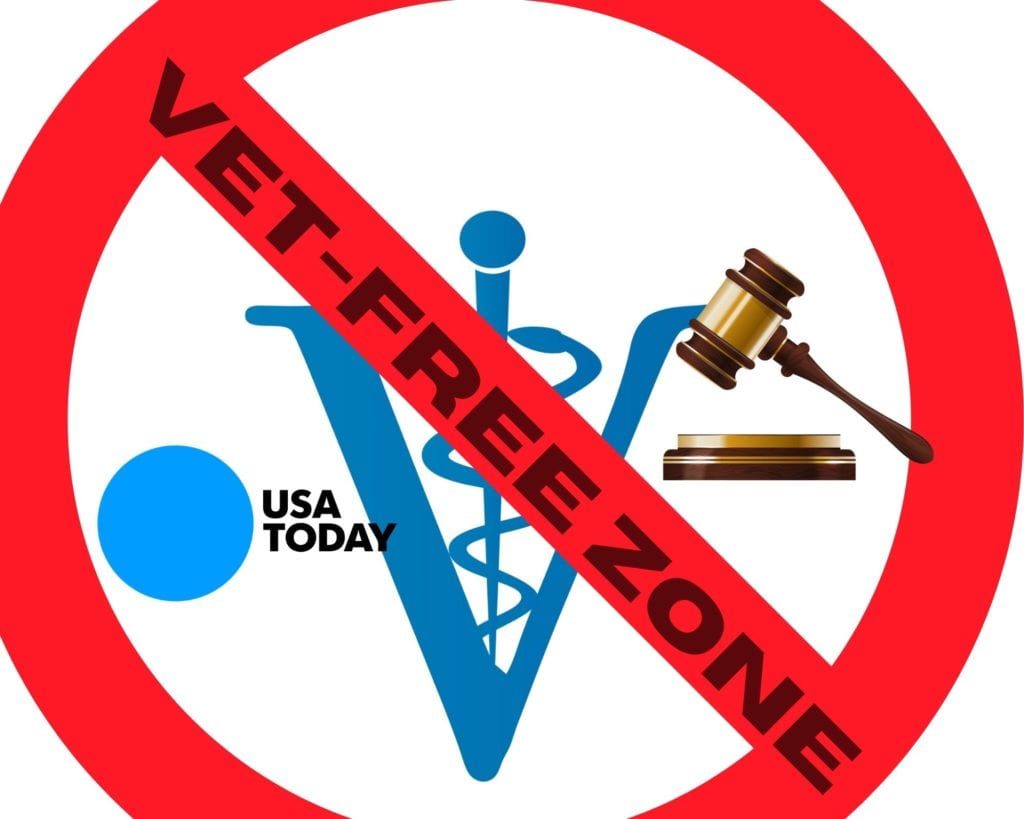Newest Seresto suit also veterinarian-free zone, but USA Today starts to talk to vets and conduct requisite reporting
A new Seresto suit is afoot.
This time, the plaintiff is Florida resident John Czerniak, although he, too, is seeking the company (“and all others similarly situated”) of additional plaintiffs. His lawyers are Knoxville, Tennessee-based Greg Coleman Law PC, according to the complaint – which contains 13 consecutive allegations and zero evidence apart from the embattled Hettinger story.
For a refreshing change of pace, Czerniak names Elanco and Bayer as defendants, the latter being the company that created and developed Seresto before selling its animal health division, including the popular collars, to Elanco in 2020.
Like the first Seresto suit, the complaint’s footnotes cite only Hettinger’s disputed story, which, as we reported, prompted more erroneous stories, which in turn, prompted a U.S. congressman’s recall demand. That, in turn, generated a deluge of stories, all copying the original veterinarian-free Hettinger story.
TCR conveyed detailed requests for comment to Rep. Krishnamoorthi and to at least a dozen individuals on the congressman’s staff by email and through LinkedIn. But Rep. Krishnamoorthi still has not explained or commented on any aspect of whether his staff did any research or independent checking before issuing public letters on behalf of the oversight subcommittee he chairs chastising both Bayer and Elanco and calling on them to produce documents and initiate the recall.
Meantime, although it took them about 40 days, editors at USA Today and the Midwest Center For [so-called] “Investigative” Reporting have finally discovered another side to the Seresto story and forced their ardent reporter, Jonathan Hettinger, at least to acknowledge it, albeit at the tail end of a story about an environmental group petitioning the EPA to ban the collars.
Here’s what Hettinger added at the end of that otherwise one-sided story:
In a recent interview, Renee Schmid, a senior veterinary toxicologist at the Pet Poison Helpline and SafetyCall International, said she is “very comfortable with the safety profile with both of these ingredients.”
Schmid said the Pet Poison Helpline has received 400 calls about Seresto in the past five years and about 9 out of 10 involve a pet ingesting the collar. Most of those pets were vomiting or had diarrhea.
Put another way [which would have undermined Hettinger’s original “gotcha” story], the collars are safe enough to eat. That’s exactly what Dr. Ahna Brutlag, the incoming president of the American Board of Veterinary Toxicology (the organization that certifies veterinarians in the specialty), told TCR in our earlier report:
When we have had ingestions of those collars, what we have seen as, really, the worst-case scenario is some upset stomach, maybe vomiting, or diarrhea. And I think that’s actually quite telling,” she asserted, adding that the outcome is not always as benign “when animals ingest [other] products that are just made to be on the surface of the skin.

